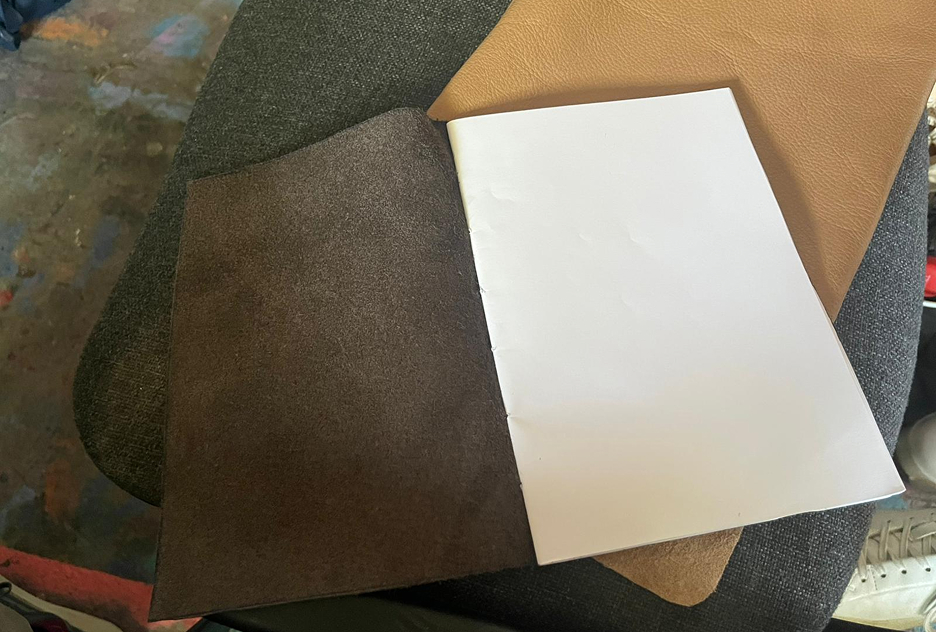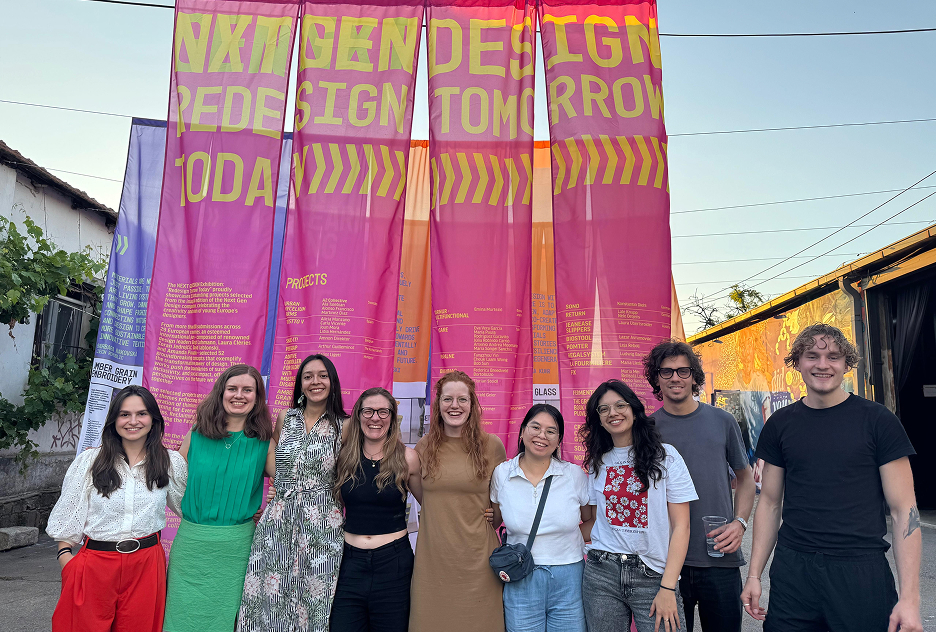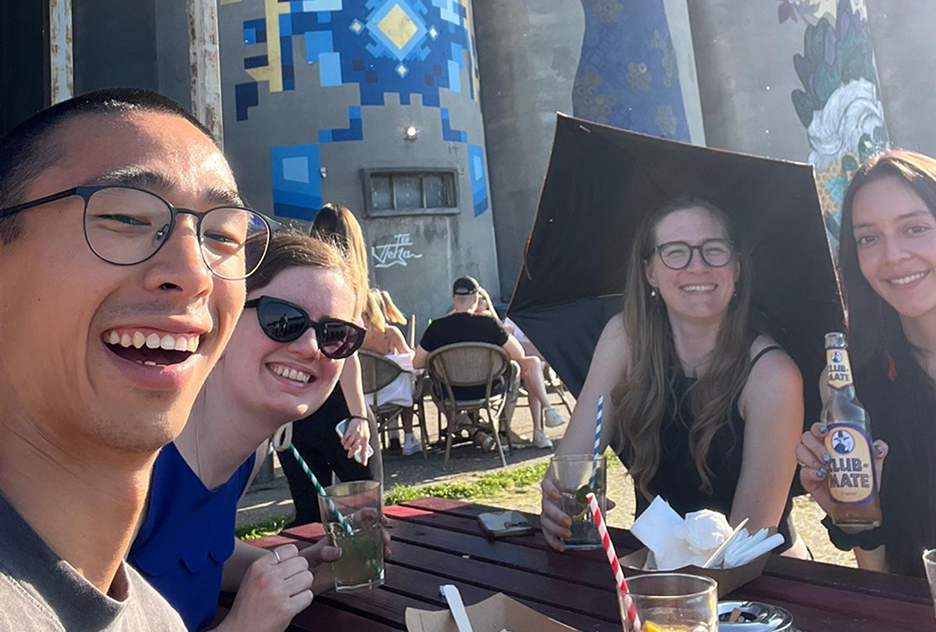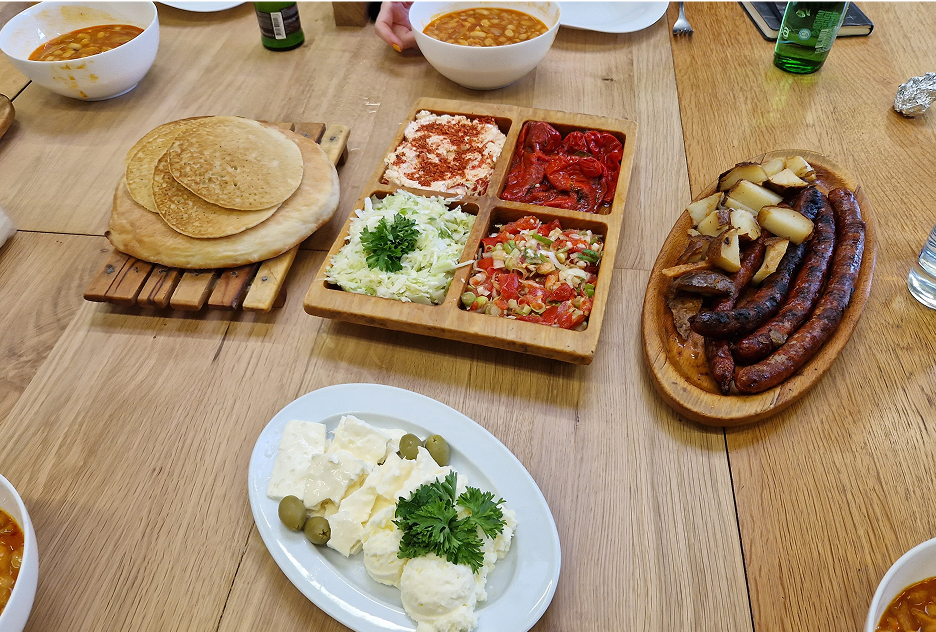UPHOLSTERY APPAREL
CONCEPT
From scraps to style: using furniture manufacturing waste for leather apparel
Upholstery Apparel is a design initiative that repurposes surplus textiles from the furniture industry to craft high-quality lifestyle products for everyday use. By giving new life to premium materials that would otherwise go to waste, the project highlights the potential of circular design and responsible manufacturing.
Rather than introducing new materials into the production chain, Upholstery Apparel taps into existing supply networks and leverages the craftsmanship and expertise already present on-site—particularly within upholstery workshops and furniture production facilities. This approach not only minimizes environmental impact but also celebrates the beauty, durability, and tactile richness of materials like fine Italian leather and heavy-duty woven fabrics.
The resulting products are designed with a timeless aesthetic, focusing on functionality, elegance, and longevity. They are thoughtfully conceived to bring lasting value to the user—both in terms of practical utility and emotional connection—while reducing the volume of high-quality offcuts sent to landfill.
During our residency, we explored this concept by creating a range of prototypes, including a hand-stitched laptop sleeve and a refined notebook, both crafted using repurposed leather sourced from furniture production. These examples demonstrate how waste materials can be transformed into desirable, durable objects that fit seamlessly into modern life.
Upholstery Apparel stands as a statement against fast consumption, proposing instead a model rooted in thoughtful reuse, local production, and sustainable design values.
TEAM
Quan is a web developer turned embedded systems engineer based in Vienna. Together with Nina Steiner, he’s freeing computer interaction with “NotAMouse”.
The residency has been an amazing experience. I went to Belgrade with no expectations, and left one week later with a new favorite place on earth. Not only did we get to meet fellow NEXT GEN DESIGN competition winners and work on a topic that supports GIR’s goals in contributing to the circular economy, we got to experience the food, culture, and incredibly welcoming nature of the people of Belgrade.
In these few days we had chats with locals in restaurants, got invited to drinks, and found a maker space with great people, top of the line equipment, and happens to be free of charge – I even had a friendly chat on a morning walk with the local garbage collectors! To anyone on the fence about visiting this country, you have my wholehearted recommendation.
Big thanks to all the organizers for bringing us this experience. PS: if you want to reduce wrist-strain when using your computer check out www.NotAMouse.io 😉

Industrial design engineer from Barcelona with a Master’s Degree in Sustainable Design.
I am a passionate and curious designer who sees design as a powerful tool for transformation, and I strive to create innovative solutions that address real challenges and generate positive impact. Thanks to the FIX project, I had the opportunity to be part of the NEXT GEN Design Residency in Belgrade.
The residency was a meaningful experience that helped me grow not only as a designer and professional, but also as a person. I had the chance to travel to Belgrade, visit the local furniture brand GIR, and learn about their manufacturing processes and showroom. I collaborated with inspiring and talented people on design challenges focused on creatively reusing leftover materials from GIR’s production.
The program also included talks by professionals with insightful and forward-thinking approaches to sustainable design. These conversations deeply inspired me and reinforced my motivation to keep working toward a more sustainable future.
Beyond the professional experience, I also had the chance to immerse myself in the vibrant city of Belgrade —exploring its neighborhoods, enjoying traditional food, and connecting with local people and culture.
In short, the residency allowed me to exchange ideas, gain inspiration, and reconnect with the purpose of design as a tool for positive change. It was definitely an unforgettable and transformative experience, and I’m deeply grateful to have had the chance to be part of it!
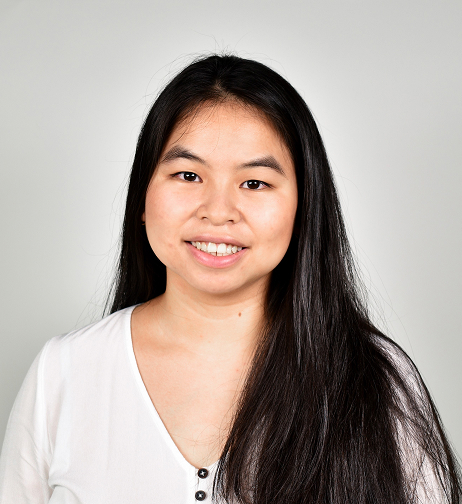
PROCESS
THE IDEA
From leather waste to leather accessories
GIR Store is a brand and store known for its wide range of furniture and accessories, essentially made of wood. With its own factory, GIR designs and produces furniture from scratch. However, this process generates material waste, particularly wood and leather. For our project, we focused on the leather waste generated during furniture production.
Given GIR’s strong presence in the wooden furniture market, we proposed the creation of a new line of leather accessories —including items like laptop cases, wallets, pencil cases, and notebooks— crafted from leftover high-quality leather. This initiative not only opens the door to a new market segment but also aligns with GIR’s lifestyle-oriented design philosophy,offering practical products that reflect the brand’s aesthetic. Since GIR already works with leather in its furniture manufacturing, it possesses valuable knowledge of the material and its processes —expertise that can be leveraged in the development of these accessories. Moreover, by revaluing leather waste, the brand can reduce its environmental impact while adding value for both the material and its future users.
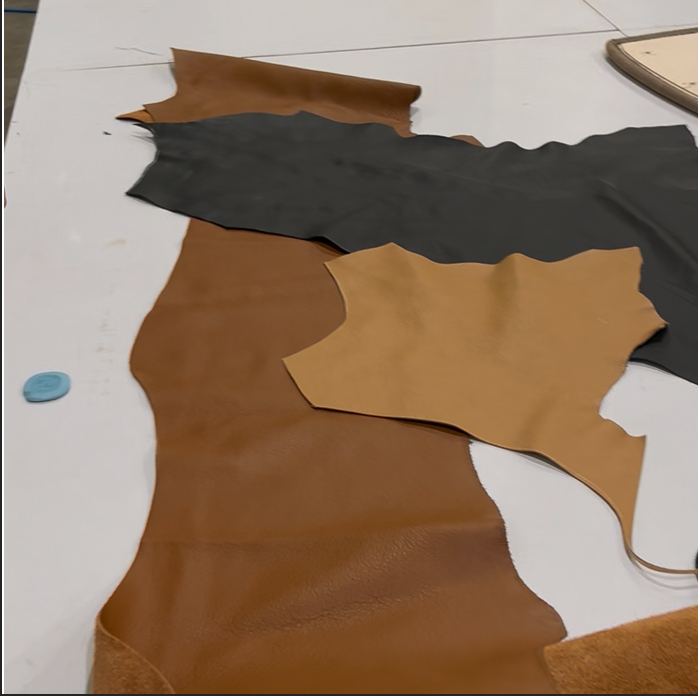
PROTOTYPING & FINAL ARTWORK
Exploring and validating ideas through making
The next step we took during the project was to prototype an accessory using leather waste, in order to make the idea tangible and assess whether the proposal was both implementable and viable.
We decided to create a laptop case and a notebook. To do so, we needed access to a maker space equipped with the necessary tools and machinery for prototyping. We turned to the Center for the Promotion of Science, a local maker space that was incredibly welcoming and supportive. There, we had access to resources such as a sewing machine, needles, cutting tools, and more.
Thanks to this opportunity, we were able to experiment with the material and confirm that the process of making leather accessories is not only feasible, but also aligns well with the project’s goals.

GOING BEYOND
Prototyping and sharing as a way to go beyond
Finally, we want to reflect on how this idea could evolve and generate an even greater positive impact. While prototyping helps validate a concept, it is also a valuable learning opportunity —one that reveals how ideas can grow and improve over time.
During the process, we realized that in addition to making accessories, we could also explore the creation of a unique pattern system using the leather. Since GIR’s leftover leather scraps vary in size and shape, designing a pattern to optimize the use of each piece could help maximize material efficiency.
We also recognized that one of the best ways to improve an idea is by listening to others. Feedback is essential to building a stronger proposal. That’s why, during our presentations, the leather accessories were suggested not only as a potential new product line but also as customer gifts or tokens of appreciation —an idea that adds value and reinforces customer loyalty.
Finally, one of the most meaningful takeaways from this workshop was not only the chance to experiment with materials, make ideas tangible, and prototype creatively, but also the generous local support that made the entire project possible.
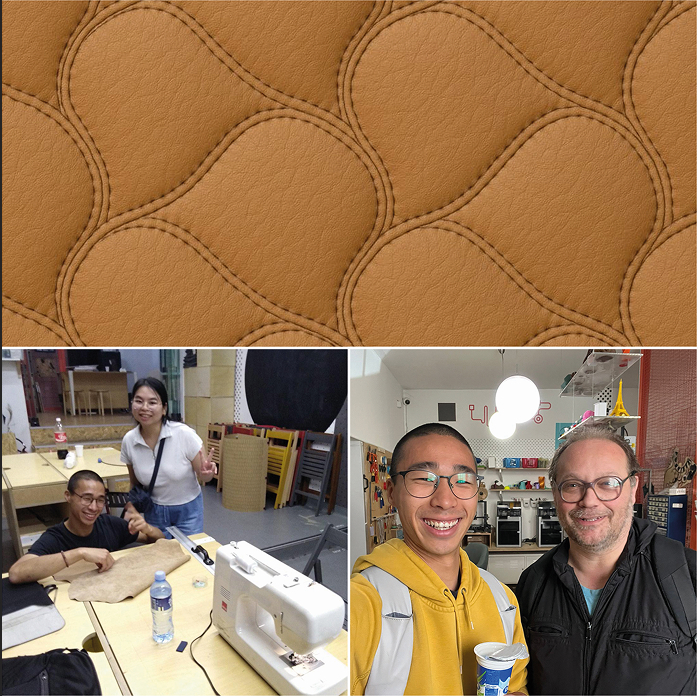
EXPERIENCE
Next Gen Residence connects people through design, sustainability, and the joy of creating positive impact
The Next Gen Residency has been an exciting, unique, and inspiring experience. We had the opportunity to explore a real-world case of local design—GIR—and propose sustainable improvement strategies for the company. More than that, the residency pushed us out of our comfort zones, allowing us to meet designers and creators from across Europe, gain new perspectives, and collaborate meaningfully.
Through the talks and workshops, we were able to reconnect with sustainable design and reflect on its impact on our everyday lives. One key insight that resonated deeply with us: design is never neutral.
All of this took place in close proximity to Belgrade’s local culture, where we connected with people, learned from their ways of doing things, and of course, enjoyed their food.


